Tiny voles, with their dark fur and stubby little tails, may look cute, but they can spell disaster for root crops, fruit trees, and other produces in your garden. Luckily, there are a number of humane and organic ways to keep voles out of your garden and protect garden crops from existing vole populations.
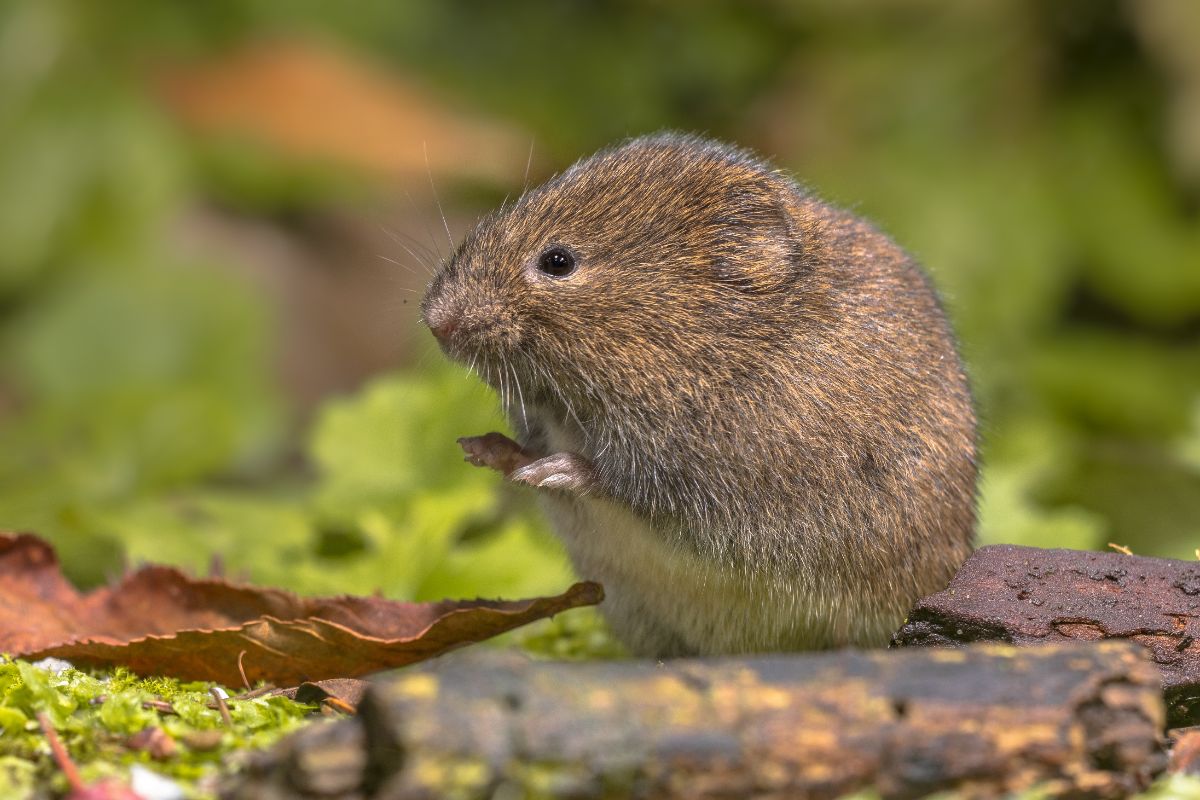
Ready to get those voles under control? Read on for some super simple ways to keep these industrious little rodents away from your garden.
Jump to:
What are voles?
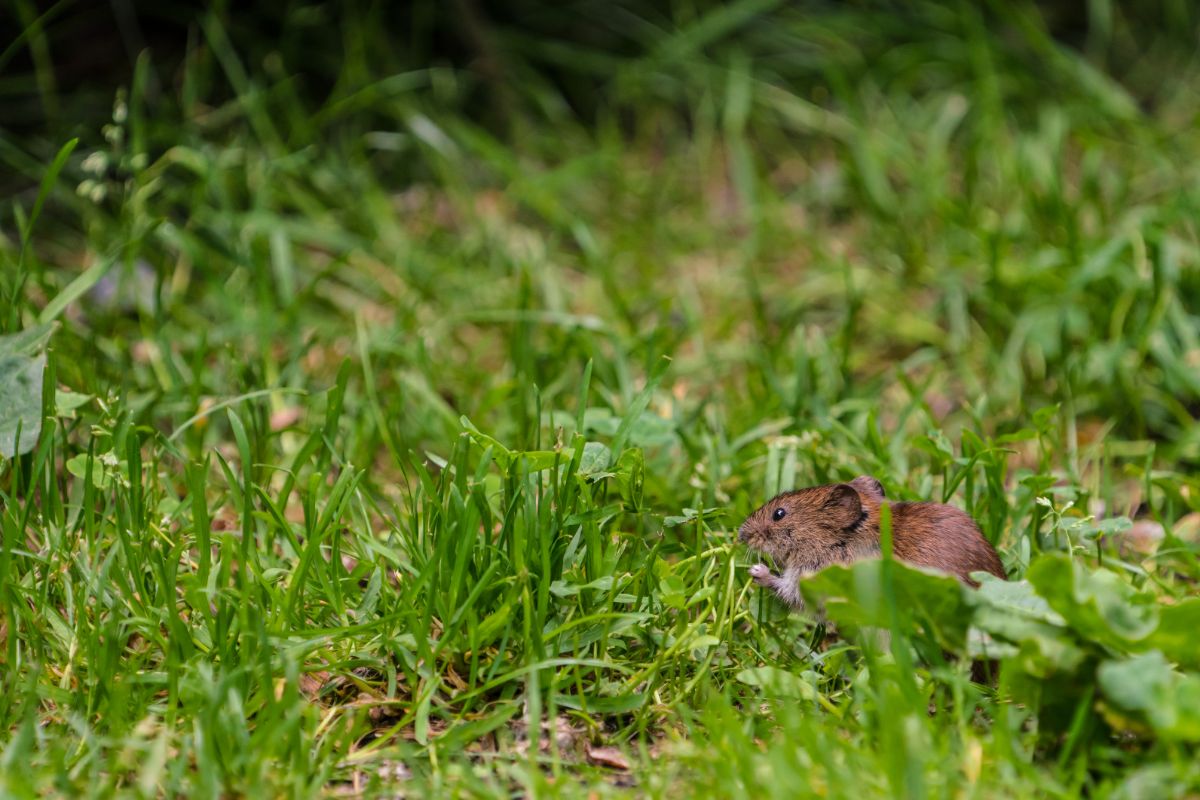
While they may look like moles, voles are an entirely different species. While both voles and moles are small, burrowing mammals, only voles are rodents, while moles belong to the Talpidae family, which includes their close relatives: shrews.
Moles are known for their large noses that are adept at sensing earthworms and their big, burrowing feet. Voles, on the hand, are smaller, more compact critters that more closely resemble mice; however, they have stubby tails. Growing up to 5 to 8” in length, voles are commonly known as “meadow mice.”
Omnivores and voles eat both insects and vegetables but, in the garden, they love to munch on root crops, like beets and carrots, specifically. Voles also enjoy eating tree bark, which can be particularly problematic (and expensive!) if you’re growing fruit trees. Unchecked, voles can quickly girdle small trees, stripping the bark off the tree all the way around the trunk, which will cause tree death.
Active all year long, voles don’t hibernate, so, if you have a vole problem, you’ll want to patrol your yard even in the depths of winter vigilantly. Unseasonably warm winters can cause vole populations to skyrocket. However, populations tend to follow cyclical patterns, so if you have lots of voles in your yard this year, that population may naturally decline in a year or two.
Though natural predators may keep voles in line over time, if you’re struggling with a mole invasion this year, there are several steps you can take to protect your produce.
Signs of voles
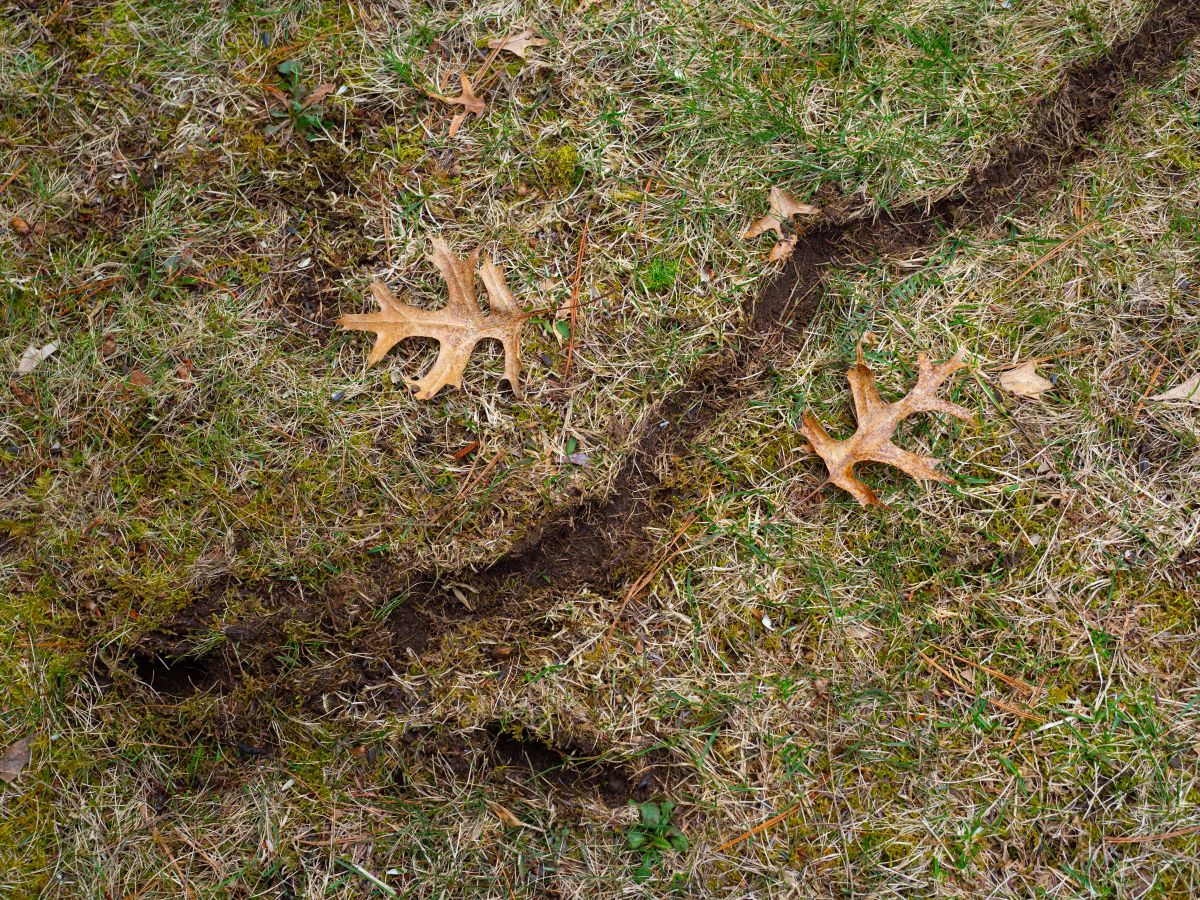
Of course, the surest sign you have voles is if you see them running around. Even if you don’t spot a vole itself, you can often watch their movement as they cut through swathes of tall grass.
Beyond physically seeing voles, other signs of a vole infestation include:
- Typically 1 to 2” wide, vole tunnels are most visible after snow melts as voles burrow around beneath the snow all winter long, nibbling on grass blades.
- Hole entrances. Small, 1 ½ to 2” wide holes in garden beds can be a sure sign of vole activity. The evidence is even clearer if those hole entrances are littered with seeds or bits of grass clippings.
- Spongey soil. Because they burrow underground, voles tend to disturb quite a bit of soil. If you happen to walk on top of a vole tunnel, you may notice the soil gives a bit.
- Cat activity. If you have an outdoor cat, watch what they’re up to. If your kitty seems particularly interested in a burrow in your yard or a tall patch of grass, that may mean they’ve picked up the scent of a vole or two.
- Missing roots. Voles often damage plant roots, but they can be particularly damaging to plants with bulbs or tubers. If you pull up a half-munched-on carrot or, worse, a carrot with only leaves and no carrot at all, you’re definitely dealing with voles. Other signs can include collapsed plants, which can signal root damage or entirely missing root systems.
- Other crop damage. Voles feed on bark, roots, seeds, and berries. If you have missing produce or girdled trees, voles may have been at work.
How to naturally and safely control voles in your backyard
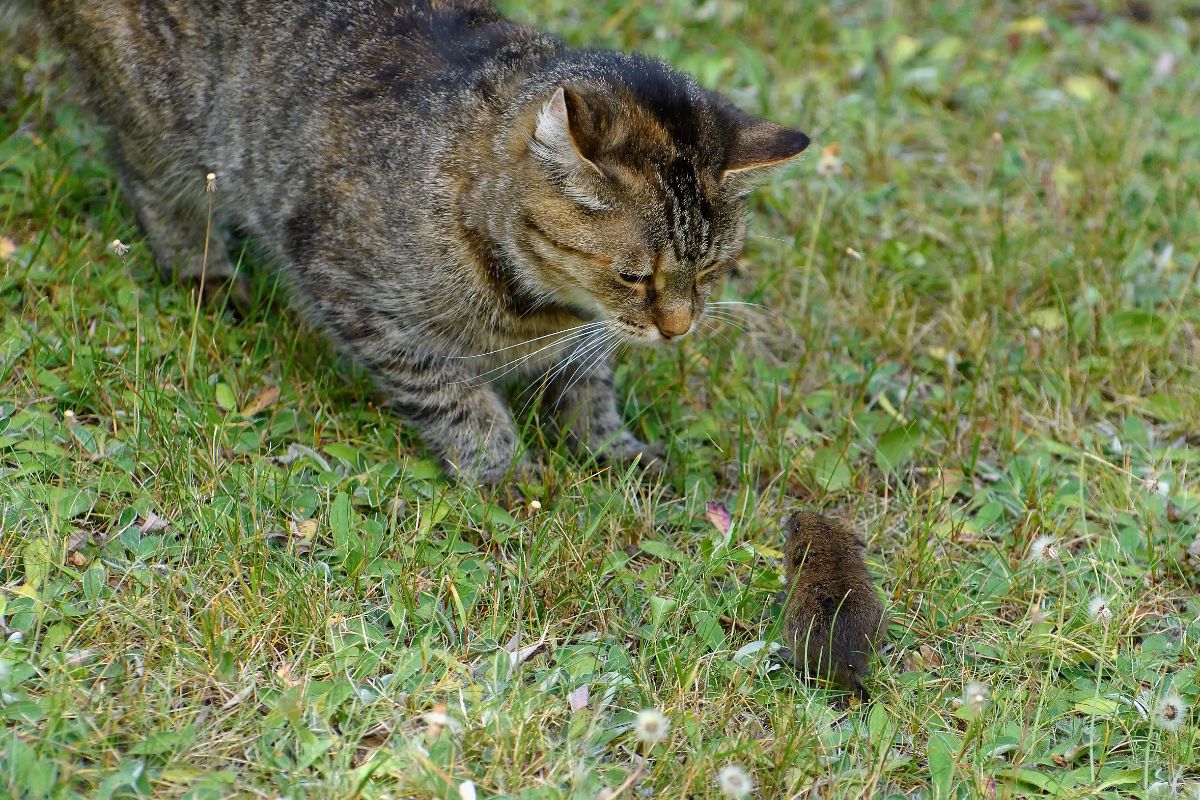
Once upon a time, gardeners may have turned to traps and poison to control voles, but today that’s not necessary. Below are some of the best ways to naturally control vole populations and all these methods are safe for organic gardens and voles too.
Keep your ground clear
Voles like tall grass and try to avoid bare open space, which can expose them to predator attack. To make your garden naturally vole-resistant, keep at least 10” of space around your garden well-mowed, well-weeded and, ideally, bare. While 10” of space around your garden can deter voles from entering your garden, a wider space of bare earth will work even better.
For a spin on this idea, consider surrounding your garden with an edge of gravel or, for a more aesthetically-pleasing option, pea gravel. For an even more effective “vole moat,” dig a small trench around your garden, at least 6” deep, and fill it in with gravel to prevent any burrowing.
Beyond ensuring the area around your immediate garden is clear, try to keep your grass cut low and clean up any piles of old plant debris which provide shelter for voles. Good garden maintenance is one of the best ways to keep vole populations from getting out of hand.
Fencing
One of the best ways to keep voles out of your garden is also the most obvious: fencing! Voles are not great climbers, so a low fence will do; however, as voles burrow, any fence you use will need to be buried a bit underground.
Rust-resistant hardware cloth is one of the most effective barriers against voles. To use, bury your hardware cloth at least 6” underground, angling it out slightly into a bit of an L-shape. Above ground, ensure you have at least 4 to 12” of hardware cloth exposed, and – voila! – you’ve made yourself a vole-proof fence on a budget.
Try container planting
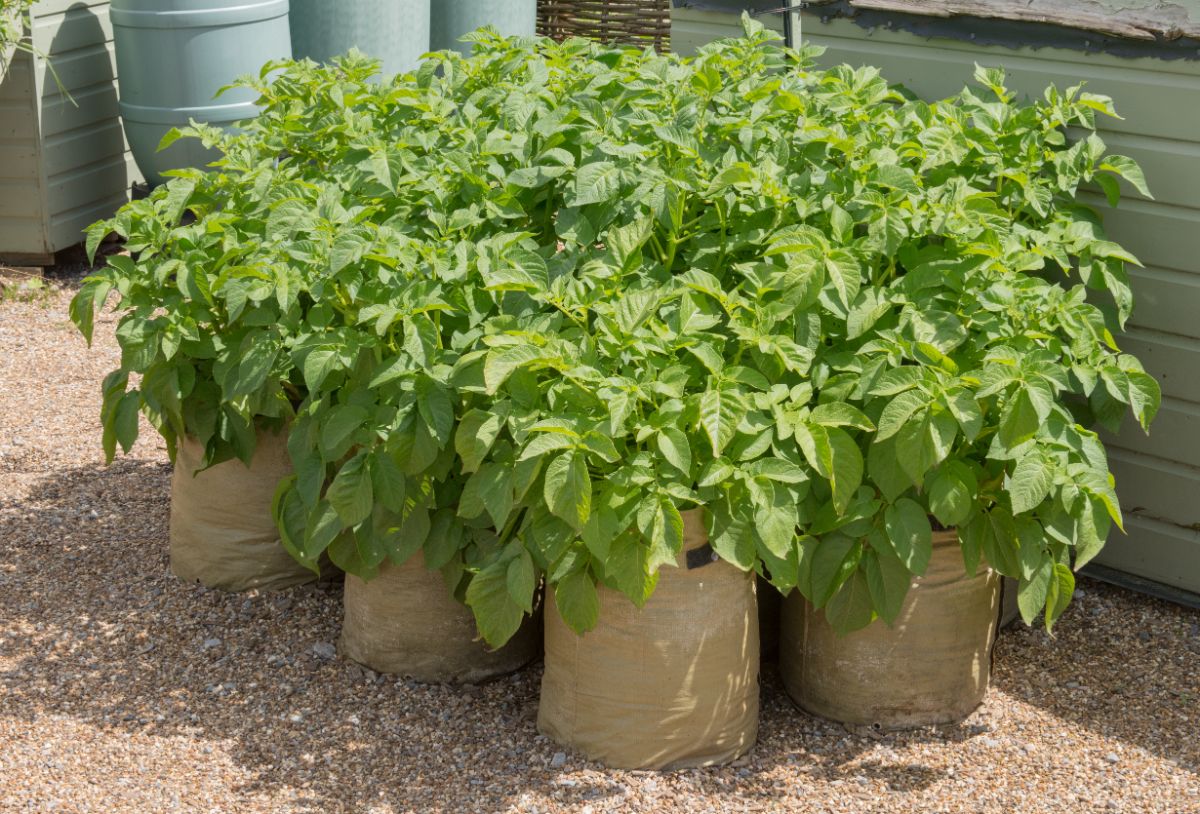
If voles keep munching on your root vegetables, thwart those pesky rodents with some container planting. Fabric grow bags, galvanized steel tubs, plastic buckets, or upcycled laundry baskets, whatever you choose to use, and container gardening can be an excellent solution to burrowing voles.
Even if you want to continue in-ground planting, relocating vole favorites, like root crops and tubers, into containers can be a great way to ensure you have a steady harvest of any vegetable variety you want to grow.
Use bulb baskets and tree guards
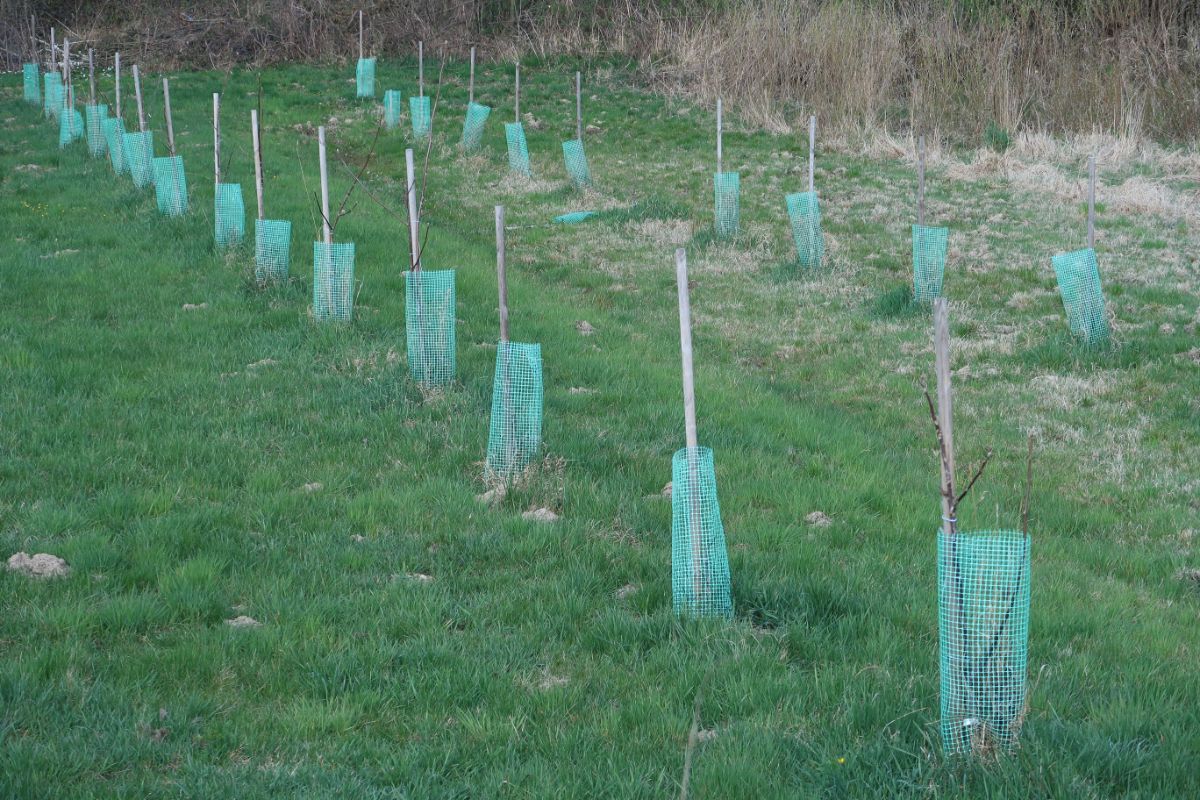
Using protective measures in a very targeted manner can help shield specific plants against vole predation. Loosely wrapping the base of fruit trees in a bit of hardware cloth or covering them with premade tree guards can prevent girdling. To prevent burrowing, be sure to bury your tree guards at least 6” underground.
Alternately, when planting bulbs or tubers, consider planting them in protective bulb baskets or make your own basket with a bit of hardware cloth secured with J-clips.
Mix in a bit of gravel
Beyond making a moat of gravel around your garden, you can use gravel in your garden beds as a vole deterrent too. Voles hate digging through gravel so try burying some gravel in with bulbs when you plant them or mix some gravel into your garden soil. If it’s harder to dig, you may just convince your local voles to look elsewhere for their next meal.
Try out some deterrent sprays
Applying Garlic Barrier spray or castor oil around your garden or spraying plants down with hot pepper wax or a bit of cayenne powder are all helpful, organic ways to naturally deter voles.
For a more high-tech option, try placing some sonic spikes around your yard. Chemical-free, these electronic spikes emit pulses of sound which humanely, but effectively, repel voles.
Plant some alliums
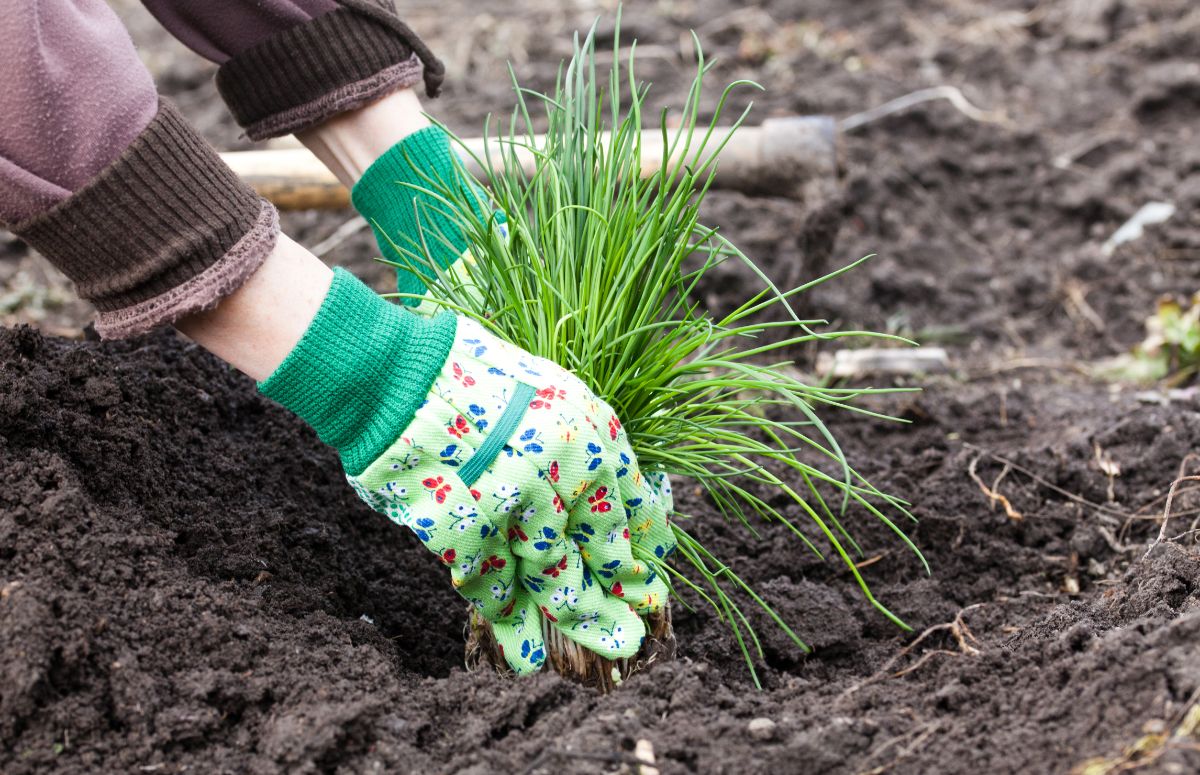
Alliums, like garlic, chives and onions, are naturally repulsive to voles. If you’re struggling with a vole problem, try interplanting some alliums among your affected plants and let their natural scent do the rest of the work.
Buy a live trap or two Small Havahart live traps strategically placed can help you keep vole populations in line too.
Simply locate them in an area frequented by voles, such as near a burrow entrance or in affected areas of your garden, bait them with a bit of peanut butter and be sure to check your traps daily. Relocate any voles you capture to a safe area, away from human habitation, and be sure to check your local wildlife laws before doing so.
Let natural predators do the work
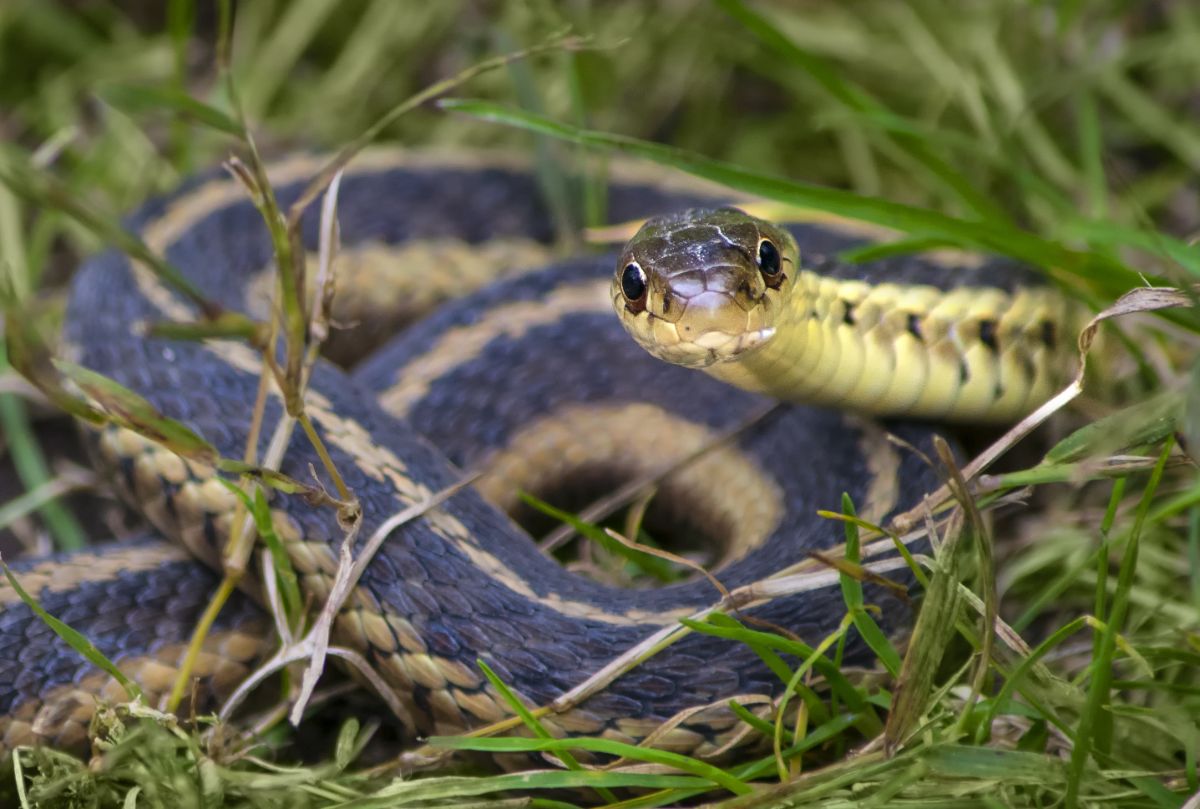
All things are connected in nature and that rule doesn’t stop in your backyard. If the vole population begins to climb in your garden, voles’ natural predators won’t be far behind. Neighborhood cats, foxes, coyotes, hawks, owls, bobcats and snakes all feed on voles, so if you find a snake in your yard or spot a coyote out of your window, just leave them be. They’re doing all the pest control work for you!
Because of the interconnectedness of nature, it’s so important to avoid using poisons in your yard, particularly for controlling pests like voles. Anything you feed voles will likely end up in the bellies of larger animals that prey on voles. That means that if you try poisoning voles, you are likely inadvertently poisoning their natural predators too.
When there are so many organic and humane options available today, there is no reason to resort to pesticides and poisons. Try interplanting with alliums, keep your yard clean and, if you find a snake in your garden, leave it there. Allow nature to help you out with your vole problem and it will!
References:
- “How to Get Rid of Voles without Poison.” Old Farmer’s Almanac. 6 June 2022. 2022.
- Martens, Julie. “Keeping Voles out of the Garden.” Bonnie Plants. 6 June 2022. 2022.


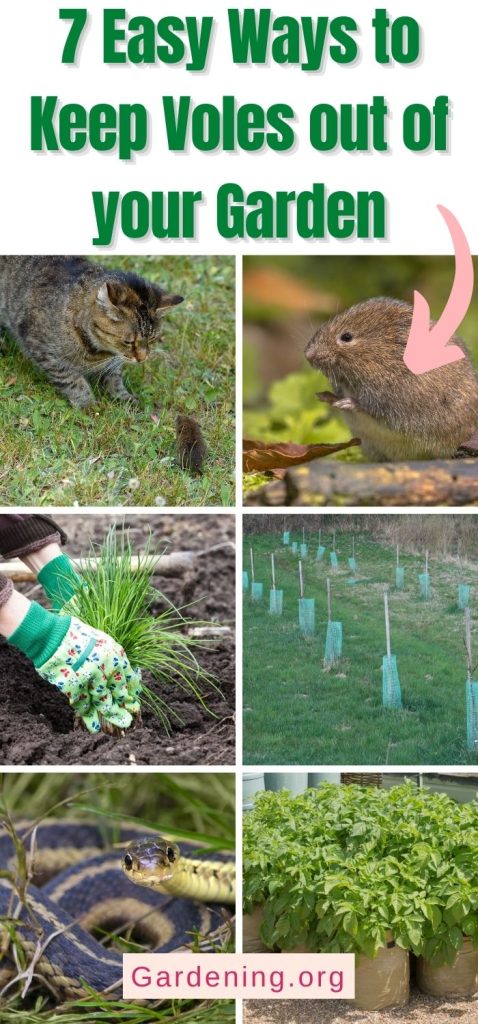
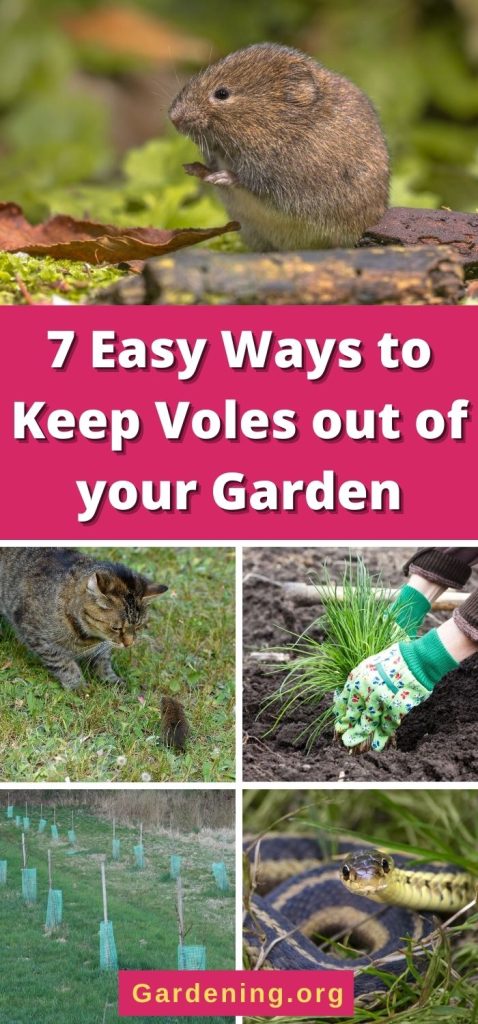
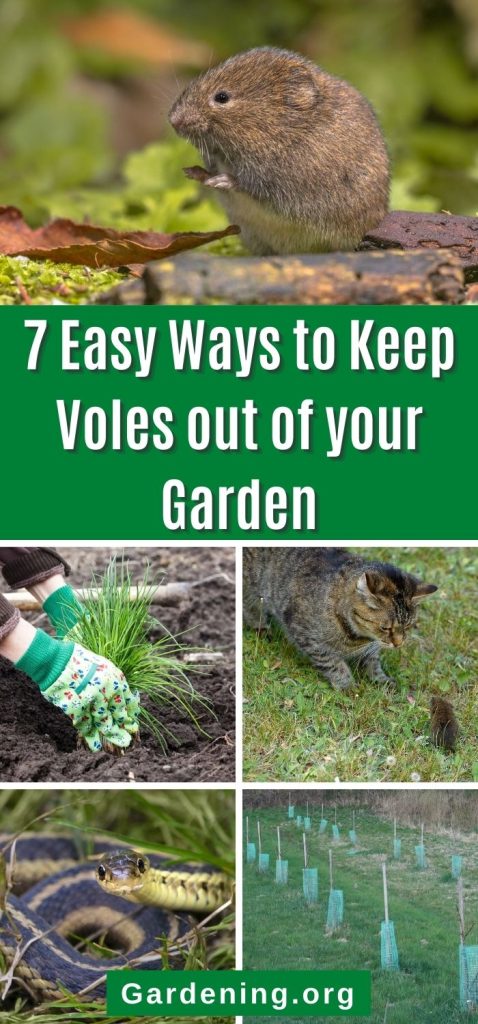
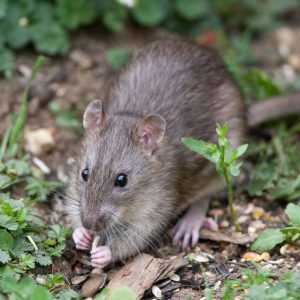
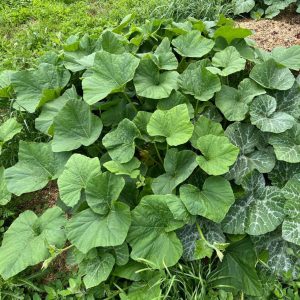


Leave a Reply